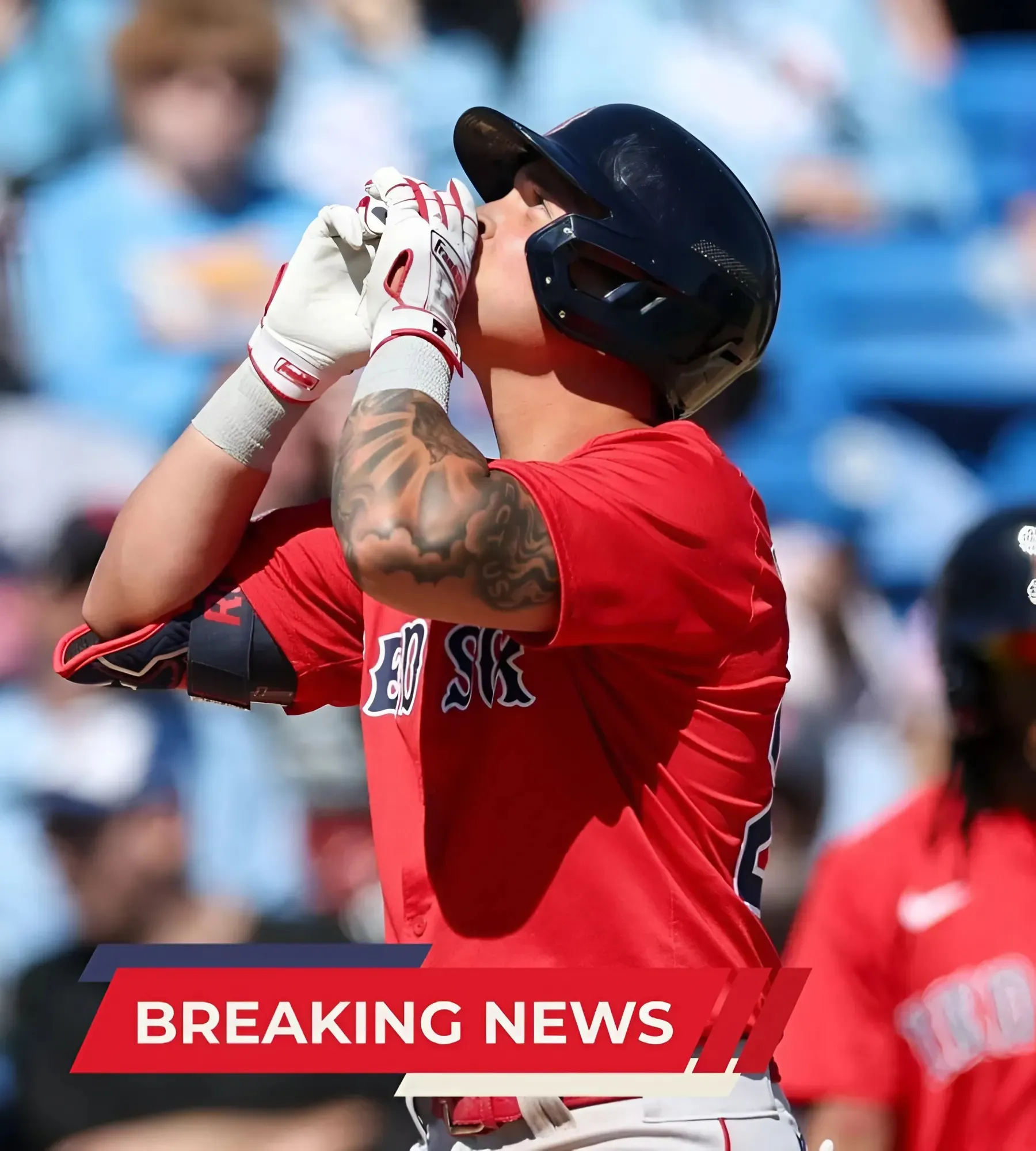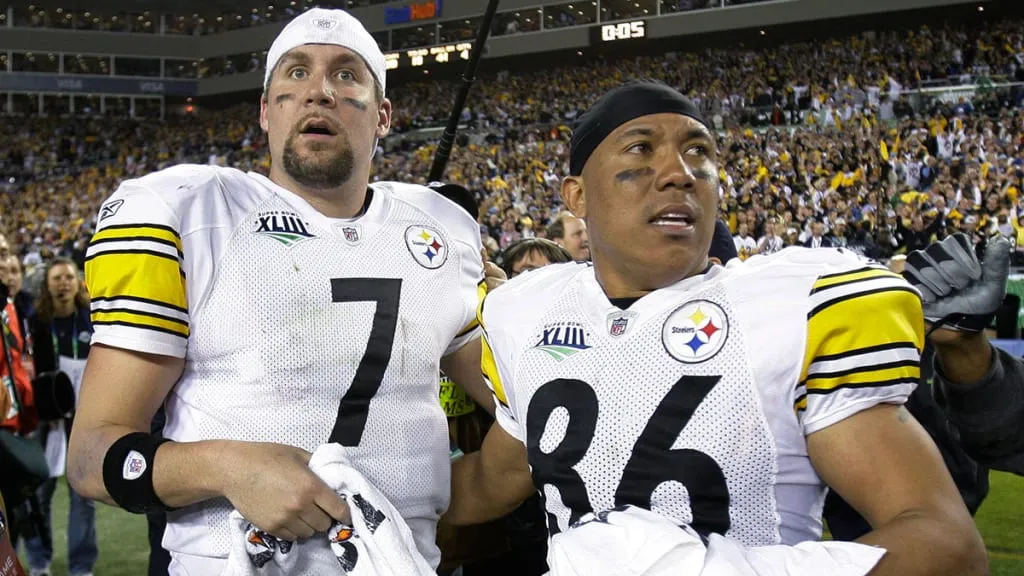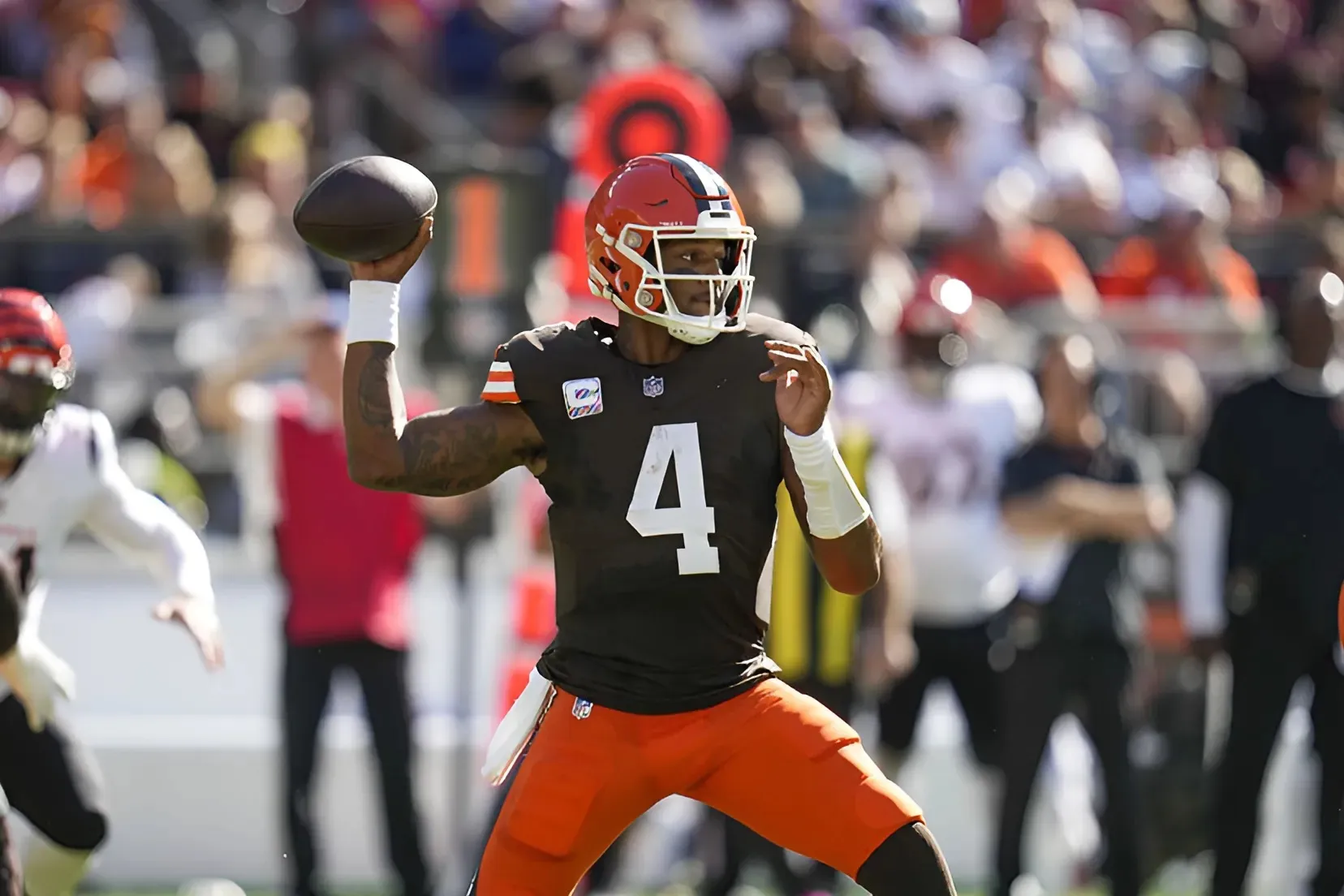For years, Red Sox president/CEO Sam Kennedy has repeatedly claimed that publicly detailing the team’s payroll would serve as a competitive disadvantage. On Monday, days after one of the biggest one-year expenditures in franchise history put Boston’s payroll well above where it was a year ago, Kennedy changed his tune.
Speaking to reporters on the first day of full-squad workouts at Fenway South, Kennedy said he anticipates the Red Sox' payroll will be over the competitive balance tax (CBT) threshold of $241 million in 2025. Industry sources confirmed over the weekend that Boston estimates its current payroll at around $248 million after signing Alex Bregman to a complicated contract that includes deferrals and an annual CBT hit of $31.7 million.
Boston will be charged a 20% tax on all overages until the payroll gets to $261 million, at which point the penalties become steeper. Going over also restarts the clock for accumulating penalties that get worse as teams spend big in consecutive years. If they do go over in 2025, it’ll mark the first time in three seasons.
“The CBT has always been a guidepost,“ Kennedy said. ”It’s one marker that we have to pay attention to, but it’s never been a firm number that we either have to stay below or get over for certain reasons.
“We have to factor in those penalties when we do go over. We are currently over, and I would anticipate us being over in 2025. In our time since the competitive balance tax was negotiated as part of the CBA, there’s been years when we’ve been over and years when we’ve been under ... This year I anticipate being over.”
The Red Sox stayed well under the CBT threshold in each of the last two years, spending around $226 million in each season. In 2019, the team’s payroll soared to around $243-244 million, marking a franchise record. It’s likely the club exceeds that number in 2025.
“We’re not done yet,” Kennedy said. “I can get that (information), around where our high watermark has been. But there’s definitely been a larger investment this year than in the last couple years.”
The Red Sox saw significant money come off the books at the end of last year when veterans Kenley Jansen ($16 million), Chris Martin ($8.75 million), Nick Pivetta ($7.5 million) and Tyler O’Neill ($5.85 million) became free agents. They then spent to add high-priced Bregman ($31.7 million AAV), Walker Buehler ($21.05 million), Aroldis Chapman ($10.75 million) and Patrick Sandoval ($9.125 million) while adding Garrett Crochet to the roster and giving raises to arbitration-eligible players Jarren Duran, Kutter Crawford and Tanner Houck.
The next big expenditure for the Red Sox might be an extension for Crochet, who is earning $3.8 million in 2025 and has just two years left under team control. The Sox could either start that potential deal in 2025 to spread out the average annual value or push the beginning of it to 2026 in order to keep their CBT number lower for this coming season. Kennedy didn’t rule out the possibility of going past the next threshold of $261 million via extensions or in-season trades, likely at the deadline.
" I think we’re willing to do what it takes to get back to the postseason,“ Kennedy said. ”We don’t look at the CBT threshold or the second or third levels as an inhibitor or a barrier that we just have to absolutely avoid. What we do look at is, what moves are we going to make to ensure competitiveness in the near-term in the long-term?
“Those words are hollow when you haven’t had success, like the last couple of years. We haven’t had success and we know that that’s on us, 100% on us. We do have flexibility. but we like where we are right now.
Another roster addition or two is possible before Opening Day, though there isn’t much available in the way of impact additions. The Red Sox could still add a back-end reliever to the bullpen mix or add depth to another area of the roster. Kennedy said there are no financial restrictions in that regard.
“I don’t want to say we’re not done yet, that there’s more coming or promise anything. No. But you’re really not done until the trade deadline. That’s something that we have to be mindful of, because, unfortunately, injuries are a big part of baseball in this in the era that we’re in.
“The roster construction continues as you go throughout April, May, June and July. We’ll see if there’s any sort of late additions here in spring training. We have flexibility if there’s the right transaction to be contemplated. But again, we like where we are right now. We’ll just keep an open mind for any opportunities that could be added.”




